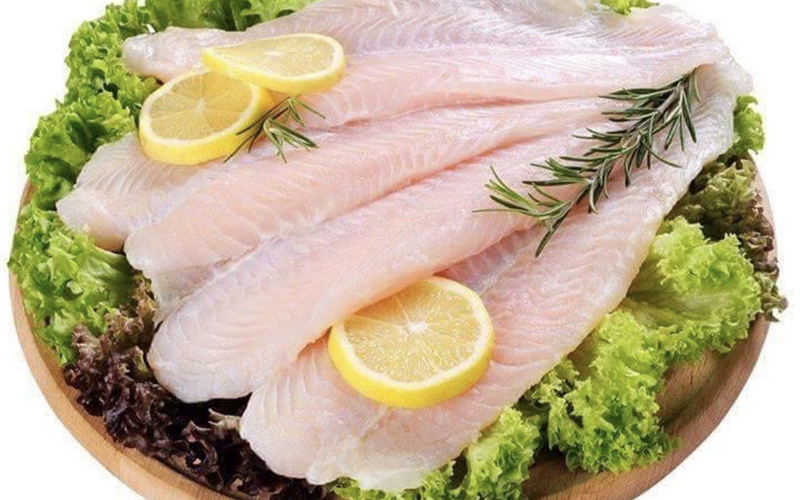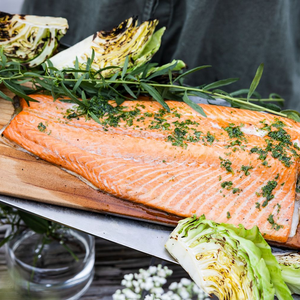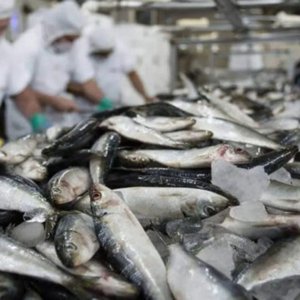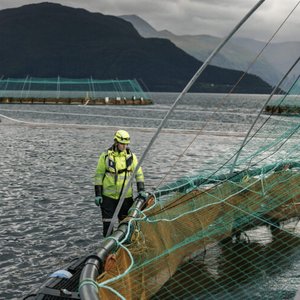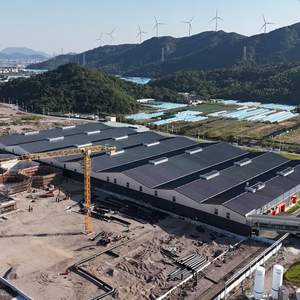The Mekong Delta remains the stronghold of Vietnam’s pangasius farming, with approximately 5,370 hectares in production and more than 1.67 million tons harvested in 2024, according to the Vietnam Association of Seafood Exporters and Producers (VASEP). Likewise, the sector grapples with rising feed, energy, and veterinary costs, as well as unstable market prices. VASEP recently reported that these challenges have driven a wave of restructuring at the farm level.
Farmers are increasingly forming cooperatives and entering partnerships with processors and exporters. “These linkages not only guarantee technical support but also allow better quality control and value chain integration,” VASEP said. Companies like Nam Việt Joint Stock Company have built vertically integrated systems from hatchery to export, enabling consistent supply to key markets like the U.S. and Europe. However, bottlenecks persist. Weak cooperatives, contract disputes, and a lack of trust between stakeholders limit the effectiveness of these linkages. Industry leaders emphasize the need for standardized contracts, transparency in pricing, and stronger government support—including credit access, cooperative training, and agricultural insurance. At the same time, the industry is moving toward digital transformation. Management software, environmental monitoring, and traceable QR codes are becoming essential tools to meet demands for clean, traceable, and sustainable seafood.
In terms of exports, despite annual pangasius revenues exceeding USD 2 billion, over 80% of Vietnam’s shipments remain frozen fillets with low value-added. This export model is increasingly vulnerable—especially with the U.S. imposing countervailing tariffs that squeeze already thin margins. In 2025, Vietnam’s pangasius exports reached USD 915 million by mid-June, with deeply processed products accounting for just 2.6% of that value. Yet this segment grew by 59%—a clear signal of rising demand for ready-to-eat, high-quality seafood.
Companies like Vinh Hoan have taken proactive steps in this direction. Their investment totals USD 26 million to diversify products and optimize costs in response to tariff pressures from the United States. Within this framework, they export value-added processed products, including Pangasius surimi, breaded trays, and steamed fish-filled dumplings, targeting high-end markets. However, this is an isolated case. “Only a limited number of companies have the capacity to invest in value-added processing. Most small and medium-sized enterprises lack automated production lines, R&D teams, or access to distribution channels that demand branded and convenient products. This obstacle hinders structural change in the industry and leads to uneven progress across the sector,” VASEP said.
In addition to the United States, the European Union, Canada, Japan, and Mexico are increasingly demanding highly processed products. “Customers in these markets are looking for a ready-to-eat product: fully cooked, hygienically packaged with sauces included, and sometimes even pre-portioned for modern retail or foodservice channels,” VASEP said.
Vietnam’s pangasius sector is undergoing a necessary transformation. On the production side, stronger partnerships, digital tools, and government support are driving modernization. On the export front, deep processing and branding are no longer optional, they are essential to long-term competitiveness.


